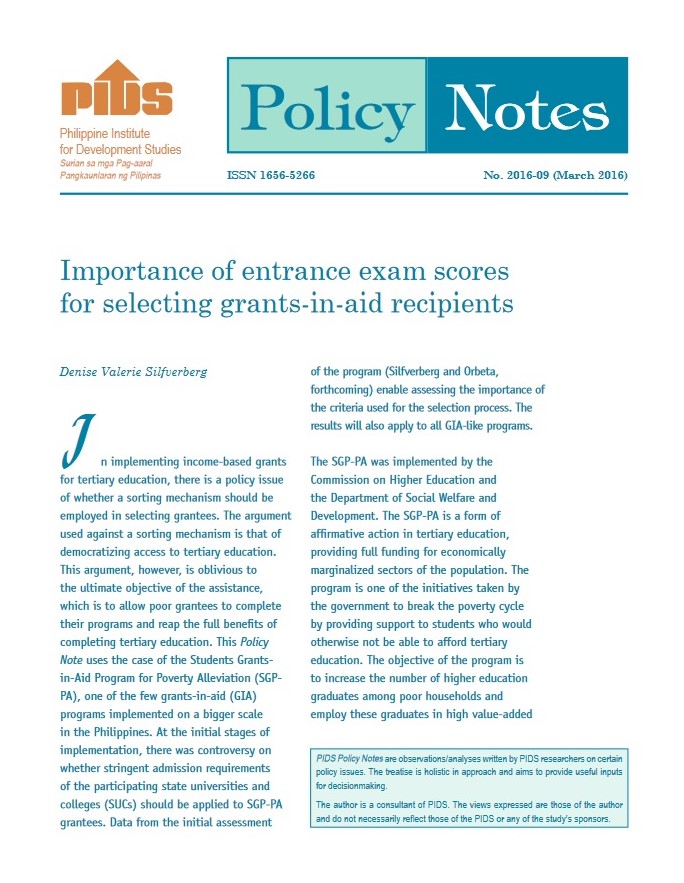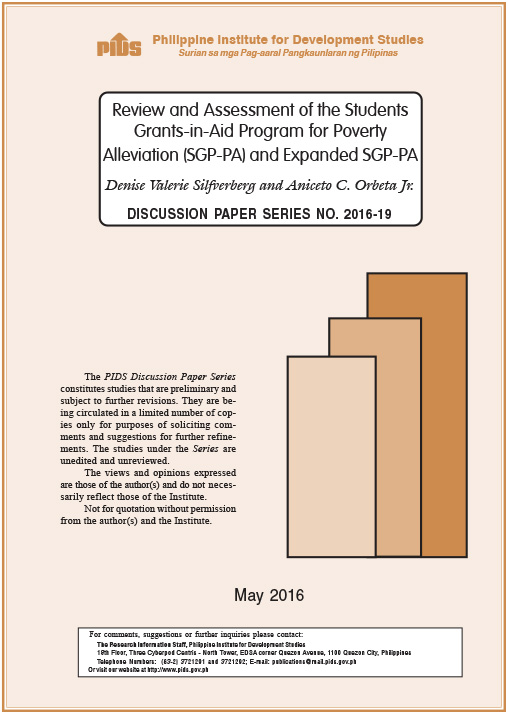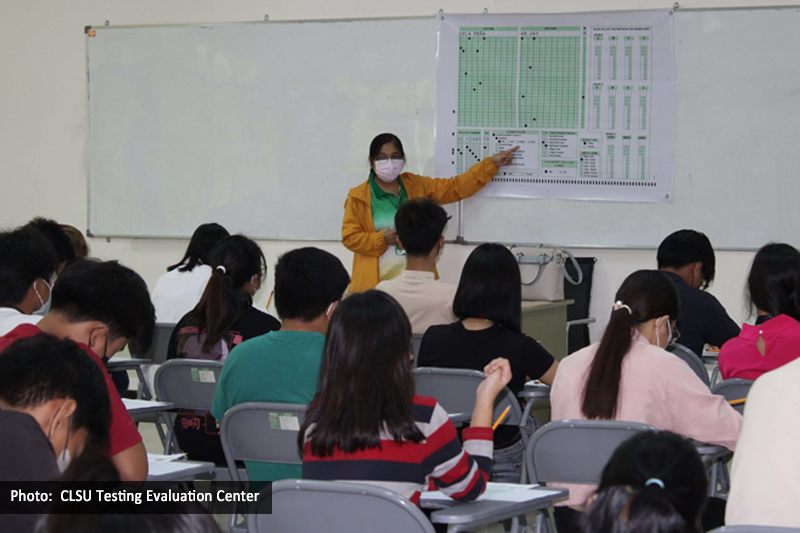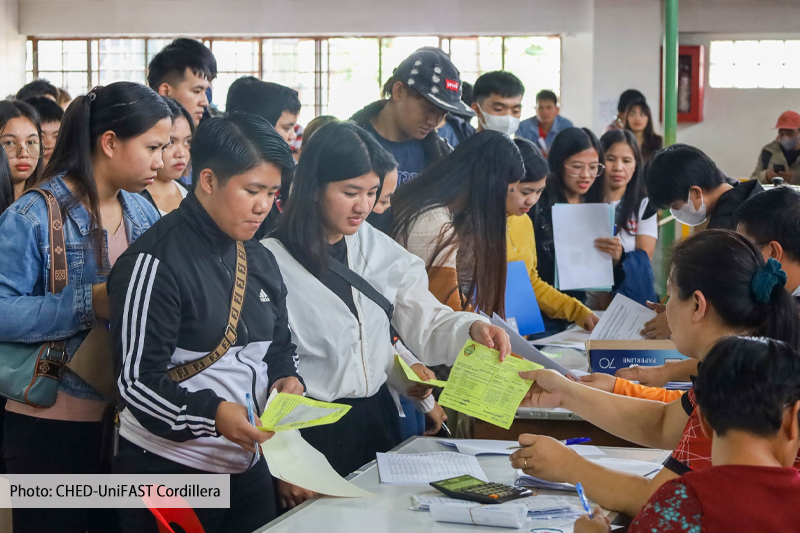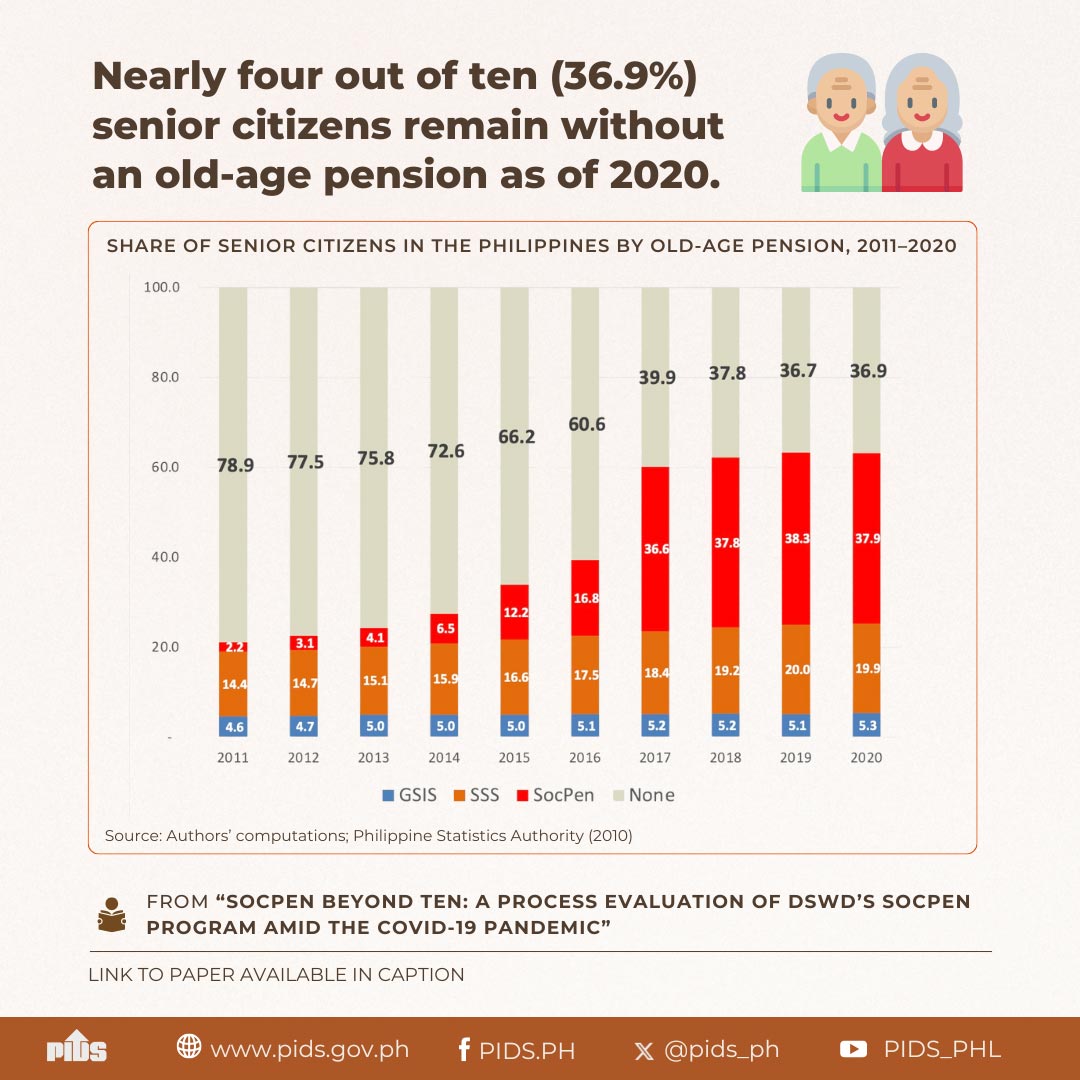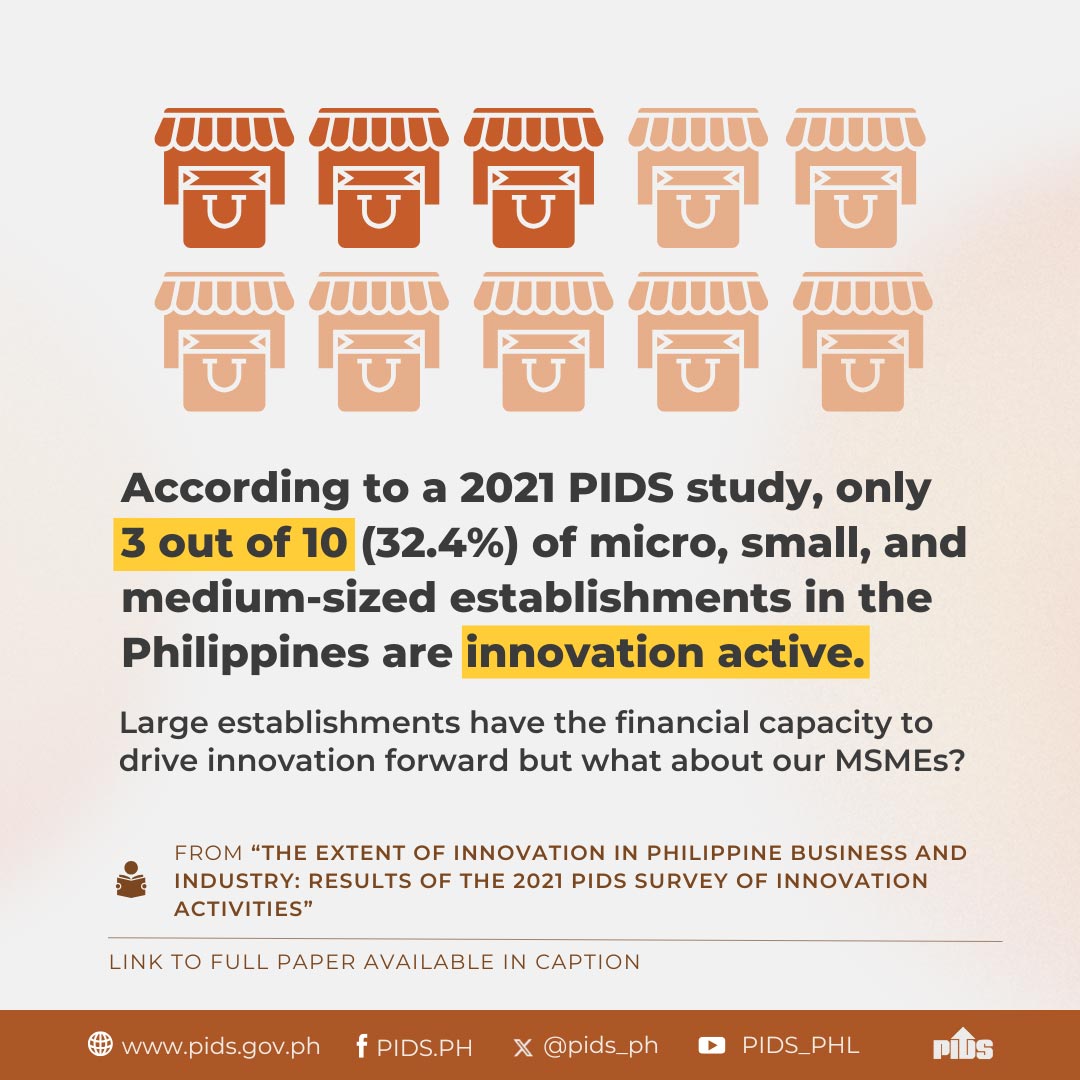This study examines the existing design and processes of student grants and loans and identifies the strengths and weaknesses on the control mechanism of student grants. A look into the present procedures and control mechanisms of policies concerning scholarships and grants-in-aid (GIAs) is an imperative measure when seeking to reform the delivery of higher education in the country. This can shed light on the reasons why the administration of a public good is efficient or inefficient. Though, the funds for these scholarship programs and grants are expended in the spirit of charity and altruism for the poor and deserving, they are nonetheless from the government and thus, from the taxpayers` pockets. This makes scholarship funds and other subsidies no different from ordinary government procurement that should be expended in a transparent, accountable, and cost-efficient manner ensuring that every centavo is going where it should.
Undergraduate, graduate, and postgraduate scholarships and GIAs implemented by national government agencies are generally guided by policies and guidelines for the administration and monitoring of the said subsidies through laws, implementing rules and regulations, and department issuances. However, testing is not widely observed by all agencies to ensure that the student is ready and able to complete tertiary education. More importantly, the result of this study shows much can be improved in the institutionalization of policies that would strengthen transparency and accountability and would reduce conflict of interest and vulnerabilities to unethical behavior.


